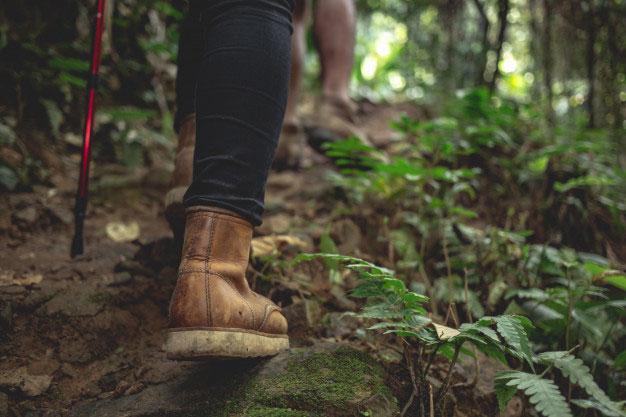
Warm weather and outdoor exploring are here for those enthusiasts who have been cooped up over the winter and even through the pandemic, and they are eager to get back to the many trails and natural amenities CT has to offer. Hiking tips and being prepared for injuries will come in clutch if something were to happen when heading out there.
Most common injuries happen to the ankles and feet while on the trail or cliffs and these can be caused by missing a step, sudden movements or motions, or even a twist or stretch the body is not used to. Some of these injuries can be:
- Ankle Sprains
- Ankle Fractures
- Knee Pain
- Joint Inflammation
- Plantar Fasciitis
- Blisters
Some rules of thumbs for outdoor activities:
- Start small and choose the right trail for your fitness level.
- Familiarize yourself with the trail.
- Check the weather.
- Bring extra clothing for insulation or potential weather changes.
- Wear sturdy, thick-soled hiking boots or shoes, these will provide the best protection in the outdoors.
- Hike with a friend or group or tell someone where you will be.
- Take long adequate water supplies.
- Bring food or snacks to provide energy.
- Have a map or compass handy in case you get lost.
- Make sure you have sun protection (sunglasses & sunscreen).
- Have first-aid supplies and repair kit and tools handy.
- Pace yourself.
- Bring a cell phone.
Remember if you do get hurt, stop immediately and assess the situation. Try and get to the closest safe and stable area where you can examine the injury. If you suspect it is a serious problem, immobilize the area and call for medical attention. If you decide it is minor and feel you can walk back, take it slow, use a sturdy branch as a crutch or support your weight with the help of another hiker.
Once you get back to your car / entry of the park, be sure to call your doctor or go to a local urgent care center for evaluation and treatment.
Tips provided by: Dr. Ferguson, Certified Orthopedic Doctor specializing in foot and ankle injuries.
